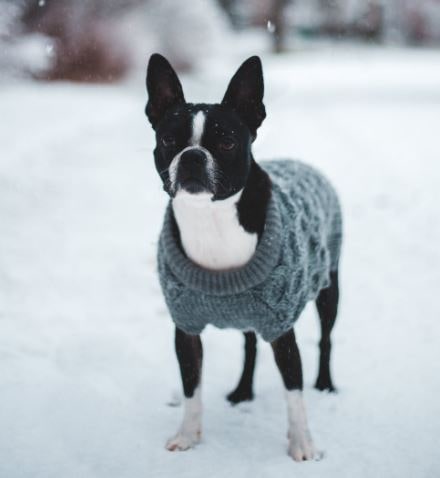4 Simple Steps on Training Your Puppy
We love our puppies! However, every year large numbers of dogs end up out of the house or placed in shelters because of behavioral issues.
In January, we celebrated the month as the National Train Your Dog month,I believe that every month should be National Train Your Dog Month. I would like to offer you these helpful tips to ensure your puppy grows up to be a well-behaved dog.
4 Tips for Training Your Puppy
Tip #1. You Don’t Have To Do It Alone, Seek Help!
Puppy training can be fun, but it can also be frustrating. Unless you already have dog training experience, it is important to find an obedience class that will train you to train your puppy.
Enrolling in a puppy obedience class can offer information, puppy socialization, answer your questions, and also provide tips, advice, and solutions for many of the following:
- Determining the type of training method most suitable for you and your pup
- Opportunities for increased socialization
- Basic steps for training, covering commands of:
- “No”
- “Sit”
- “Stay”
- “Come”
- “Down”
- “Leave it”
- “Wait”
Problem-solving tips and advice for:
- House training
- Leash walking
- Inappropriate chewing
- Teething needs
- Digging
- Biting
- Jumping
- Excessive barking
- Greeting people politely
- Separation anxiety
- Crate training
- Teaching the pup to be gentle, especially with children or smaller animals.
Pups as young as 8 weeks can be enrolled in an obedience class. To keep them healthy, make sure your pup is current on its vaccinations.
Tip #2. Always complete the training exercise.
When working on a training exercise, make sure to stick with the training until the puppy does as it is told. If you don’t, if you allow it to have its way, the pup may look at the exercise as something it doesn’t need to do.
Tip #3. What to teach your Puppy first?
When working with your pup at home, the most important commands for them to learn are:
- Come
- Sit
- Stay
- Down.
Teaching these commands will not only work on bettering your pup’s manners, but can also help to keep it safe. For example, should your pup get startled and run off, it could end up lost or put in harm’s way. But, if it knows what to do when commanded to “come,” hearing your call may help it redirect its behavior and return to you.
Tip #4. Let them know they did what was asked.
Rewarding a puppy will reinforce the point of the training exercise, as well as build their self-confidence and increase their desire to please.
There are many thoughts regarding methods of positive reinforcement that utilize treats, toys, and praise. A reward does not have to be a food treat; it could be praise, time spent playing a game, or being given a special toy.
Keep in mind that different dogs have different personalities, and what motivates one may not motivate another. As you spend time with your pup, you will learn what motivates them best.
Every puppy needs help understanding what is expected of them. There is no doubt that working with your pup will require your patience and time, but the end result will be worth it!
To Your Pet's Good Health
Dr. Barry






